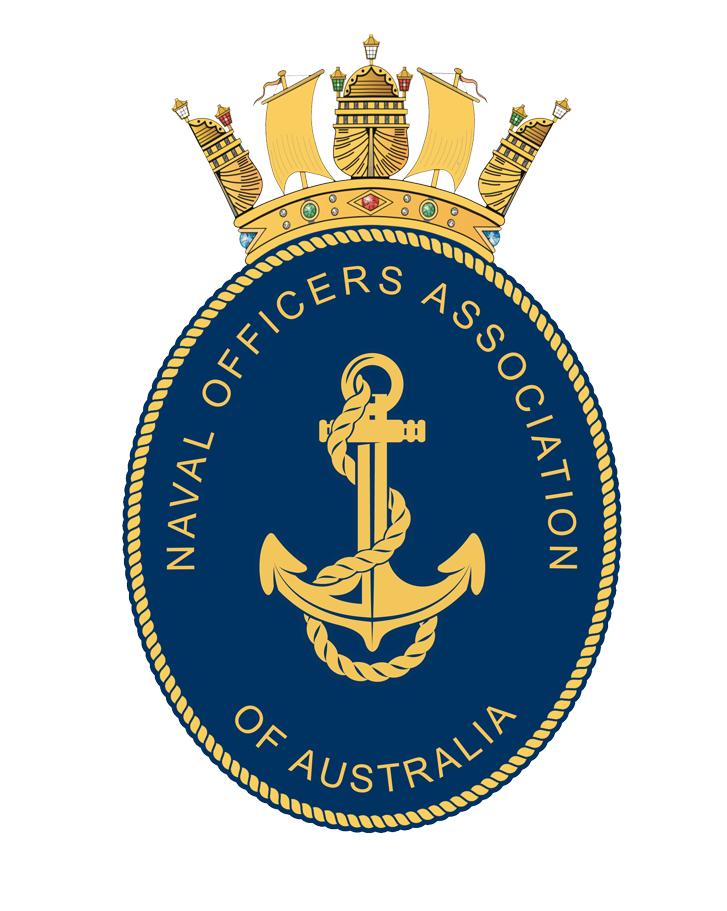China has invested heavily to improve the capability of the People’s Liberation Army Navy (PLAN). However, its amphibious warfare fleet remains insufficient for any major amphibious operation – such as an invasion of Taiwan – and so it would be forced to rely on commercial shipping.
 Chinese main battle tanks are seen being loaded aboard the commercial Ro-Ro ferry Zhong Hua Fu Zing. Photo: China Military Online
Chinese main battle tanks are seen being loaded aboard the commercial Ro-Ro ferry Zhong Hua Fu Zing. Photo: China Military Online
According to the latest data from the US Office of Naval Intelligence, the PLA Navy currently possesses eight Type 071 landing platform docks (LPD), three Type 075 landing helicopter docks (LHD), 32 landing ship tanks (LST), fewer than 50 smaller landing ships, six Zubr-class hovercraft and at least 15 Yuyi-class hovercraft.
Such a force would be inadequate for ferrying PLA army and marine personnel across the Taiwan Strait during a full-blown Taiwan contingency. Utilising commercial vessels would help boost shipping capacity and, indeed, the PLAN’s reliance on roll-on/roll-off (RoRo) ferries was illustrated during a recent amphibious exercise in Fujian Province, which sits opposite Taiwan.
Four RoRo ferries were spotted in Xiamen via a vessel tracking website on 21 September. Tom Shugart, Adjunct Senior Fellow with the Defense Program at the Center for a New American Security, first tweeted that these four plus two other commercial ferries had unusually diverted from normal operations in the Yellow Sea.
Shugart identified four ferries: Bo Hai Bao Zhu, Bo Hai Heng Da, Bo Hai Fei Zhu and Bo Hai Cui Zhu, all owned by the Bohai Ferry Group. These ships, cumulatively displacing some 100,000 tonnes, were tracked to port facilities as well as beaches in the Xiamen area. These vessels are assigned to the Maritime Militia’s Eight Transport Group for military operations and exercises. It is a deliberate policy for the PLAN to use such ships.
In fact, on 17 June 2015 the Chinese government published national defence standards concerning the construction of new civilian vessels to meet minimum requirements for PLAN mobilisation.
These Technical Standards for New Civilian Ships to Implement National Defence Requirements apply to both state-owned and private shipbuilders in five classes: container, multipurpose, RoRo, bulk carrier and break-bulk cargo carrier vessels. According to the authorities, the regulations “enable China to convert the considerable potential of its civilian fleet into military strength”.
A January report published by the China Maritime Studies Institute (CMSI) of the US Naval War College investigated China’s reliance on commercial shipping. Author J. Michael Dahm noted that China has 31 oceangoing RoRo ferries available. He counted 38 Chinese maritime-military events between October 2021 and September 2022. These involved 36 civilian vessels and 744 ship-days in support of the PLAN, and they utilised 37 different ports/terminals.
The CMSI author assessed that the PLA has made “notable progress” in using civilian ships for military lift, primarily for second-echelon forces.
Nonetheless, Dahm predicted that if the quality and volume of training since 2020 continues, “…The PLA may be able to effectively leverage civil maritime shipping on a large enough scale to support a major amphibious operation sometime in the next five to ten years.”
In a 2020 exercise it was observed that the ferry Bang Chui Dao could discharge amphibious assault vehicles directly into the water thanks to a modified stern loading ramp.
The PLA has also used commercial vessels to secretly deliver equipment to the PLA’s Hong Kong Garrison. On the night of 28 August 2019, the 19,864-tonne vehicle carrier Chang Da Long disgorged an unknown cargo at Stonecutters Island Naval Base.
PLA vessels load onto a COSCO Shipping vessel during a port embarkation exercise. (China Military Online)
China’s amphibious capabilities continue to evolve. It has developed a floating causeway system – similar to the Joint Logistics Over The Shore (JLOTS) of the USA – though Dahm suggested it “may still be facing technical challenges”. He added: “An over-the-shore capability like the floating causeway will be a critical capability in a Taiwan invasion, giving the PLA the capability to bypass damaged or sabotaged ports and harbours with an independent, relocatable offshore loading and unloading capability.”
Dahm concluded: “As of 2022, a near-term full-scale invasion of Taiwan would be an extraordinarily highrisk and probably high-loss endeavour for the PLA. However, the PLA showed progress in 2022 toward reducing risk and potential losses by developing procedures and increasing proficiency using civilian ships for logistics and landing operations. In the short term, the PLA may be able to leverage civilian shipping in any number of smaller-scale logistics and landing operations in a Taiwan contingency (e.g. the seizure of Taiwan’s offshore islands) … In the longer term, probably at least beyond 2027, the PLA will need to continue development of its civil maritime-military capabilities concurrent with other necessary military capabilities that might support a full-scale invasion of Taiwan.”
On 19 September, US Army Maj Gen Joseph McGee, Vice Director for Strategy, Plans and Policy of the Pentagon’s Joint Staff, told the House Armed Services Committee that the PLA would be hard pressed to perform an amphibious assault on Taiwan. “There is absolutely nothing easy about a PLA invasion of Taiwan. They would also encounter an island that has very few beaches where you could land craft on, mountainous terrain and a population that we believe that would be willing to fight, so there is absolutely nothing easy about a PLA invasion of Taiwan.”
